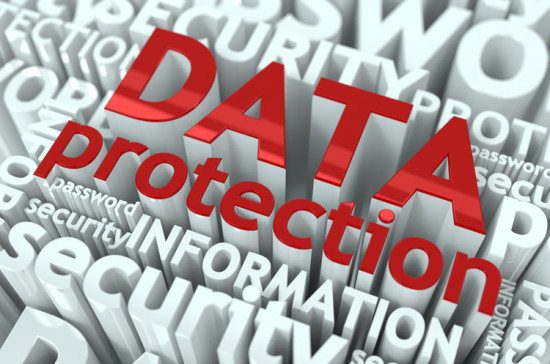A lot has changed over the last decade, making 2023 the year that every organisation could be hit by ransomware – unless they act on it. Survey after survey shows that the vast majority of organisations faced a ransomware attack in 2021 and 2022 – a significant percentage of which were harmful, and the rate of attack continues to evolve in numbers and sophistication. Businesses across Europe need to strengthen their cyber-resilience to ensure they can recover from the near-inevitability of cybercriminals attacking data on-premises, in the cloud and even in SaaS services.
The opinions expressed in this post belongs to the individual contributors and do not necessarily reflect the views of Information Security Buzz.



